The rococo or late baroque style, as it is also called, is characteristic of the 18th century and arose as a reaction against the grandeur, symmetry and rigour of the baroque style. It originated in France, and the name comes from the French words stone and shell, being a combination of these.
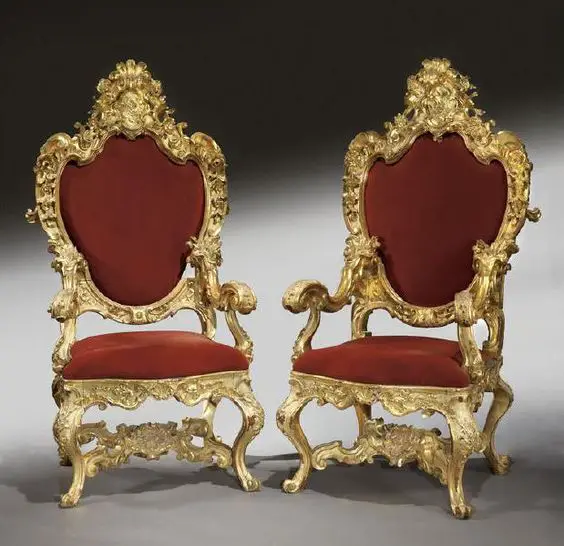
Architecture and design in the rococo period
It is a style that focuses more on the interior than the exterior of the buildings. It is not considered a style of great architectural achievement, but there are plenty of examples of buildings and exteriors in this style, such as the Charlottenbourg Palace in Germany or the gardens of the Palace of Versailles.
The rococo rooms are seen as a whole, the furniture blending with mirrors, sculptures, tapestries and walls painted in the same style. It's a light style, with lots of ornamentation, curved lines, asymmetrical patterns and gold. Unlike baroque, which was very much tied to the church, rococo is more secular, more playful, more earthbound.
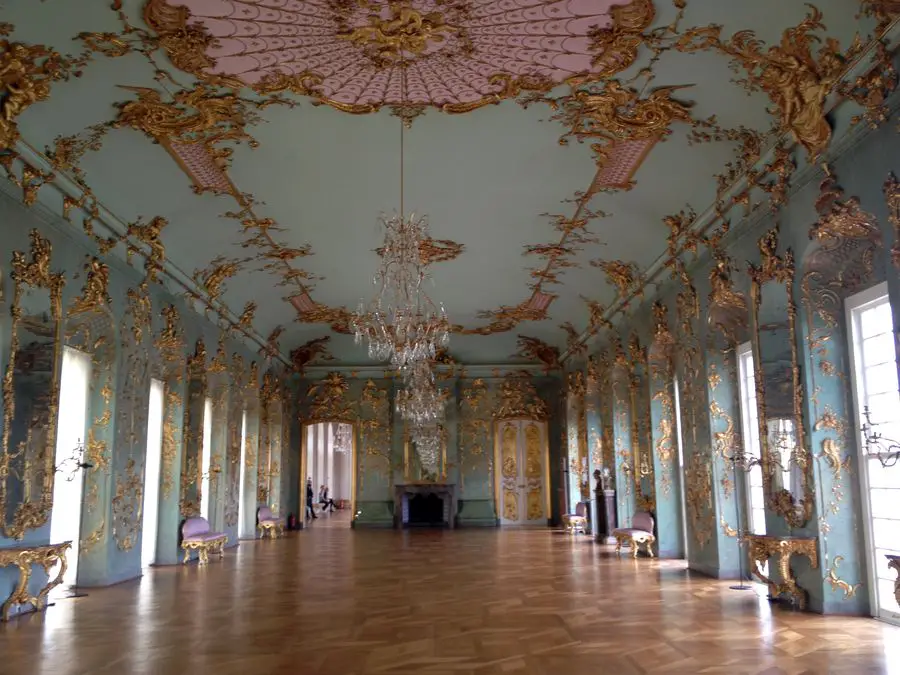
photo source: therussianabroad.com
Less cluttered, asymmetrical and ornate furniture
During the rococo period furniture became less oppressive, evolving towards comfort and versatility. Designers of the period created specific models, such as the armchair (fr.fauteuil) or the conversation sofa. Chairs acquired accessories or were modified precisely to add comfort. Removable cushions, higher backrests to support the head, arms with removable cushions have appeared.
The furniture is no longer attached to the wall, each piece becomes an object in its own right, and can be moved and arranged according to the wishes of the moment.
The characteristic and novelty of the rococo style is the asymmetry that creates an imbalance within the object, an effect called contrast. Another characteristic of the style is the rounded, domed furniture. The wood used is mahogany and the decorations are acanthus leaves, shells, flowers, cherubs, C or S shapes, scrolls, water drops and symbols. Gold and bronze are used a lot.
The rococo style spread from France throughout Europe and was replaced towards the end of the century by neoclassicism. Not in all countries was the style as charged and brilliant. In England or Sweden the style was more subdued, while retaining the same characteristics.

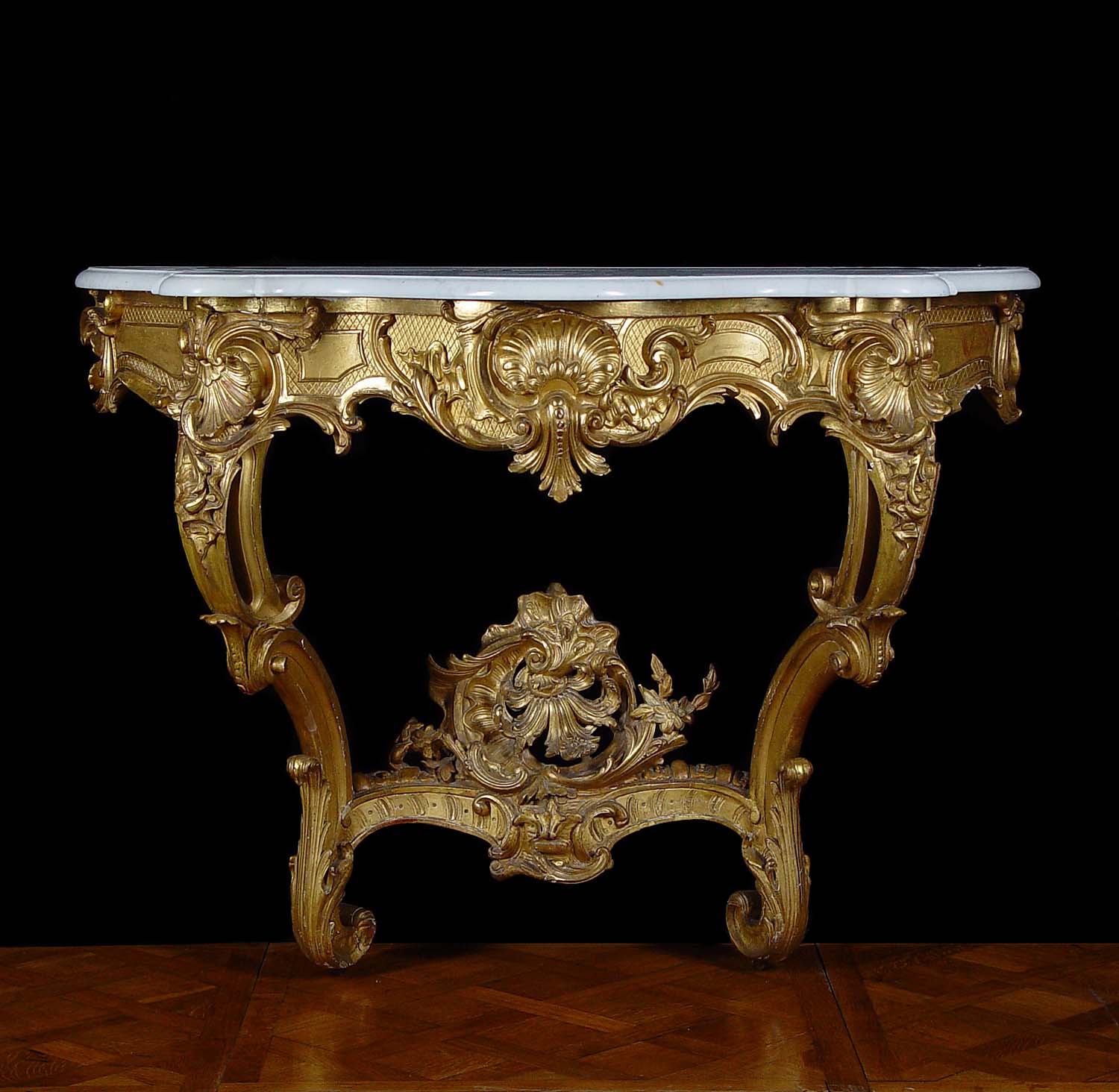
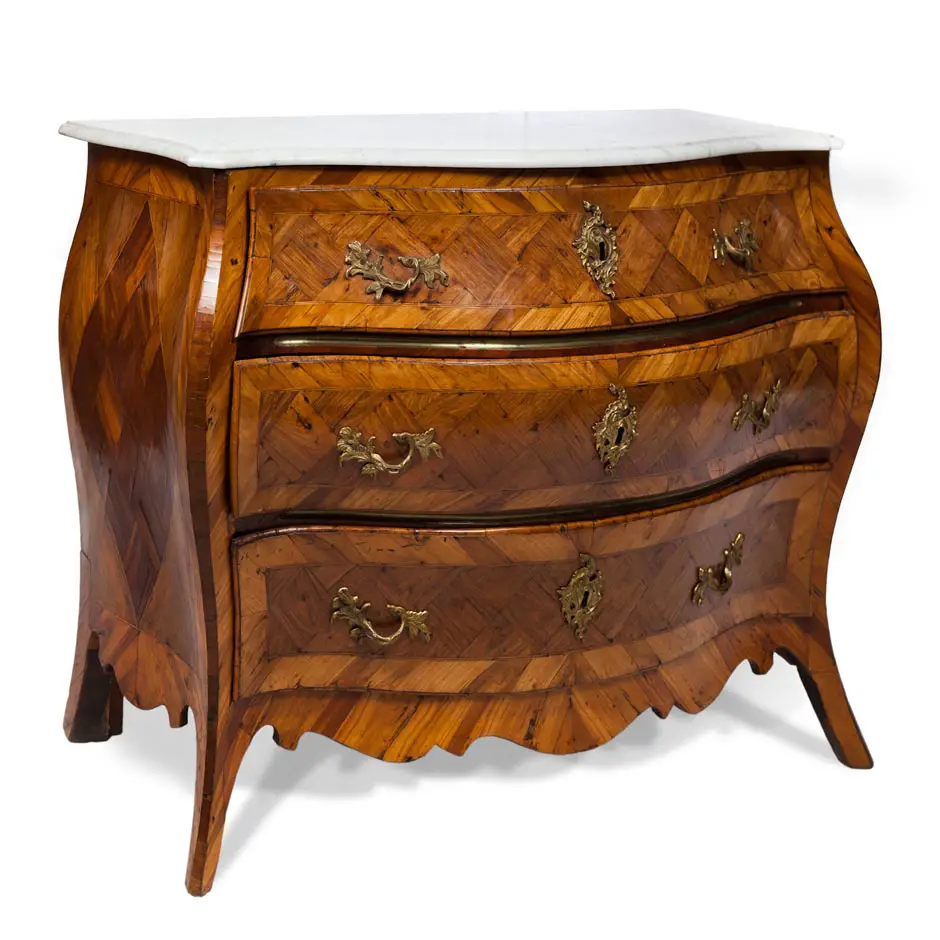
Neorococcus
In the mid-19th century, there was a return to the values of the rococo style, a period known as Neorococo. The decorations used are the same, but the shapes are more realistic, which is best seen in the domed pieces of furniture. In addition to mahogany, rosewood is used for the more precious pieces of furniture and walnut for the more common ones. Along with other revived old styles, neo-Rococo characterises the Victorian period.
The rococo style was criticized by some stylists of the time as being light, superficial and in poor taste. Over time, however, the qualities of the style began to be recognised, and from the mid-19th century it was accepted by historians as a style in art. Now the rococo period is considered a period of great influence on European art.
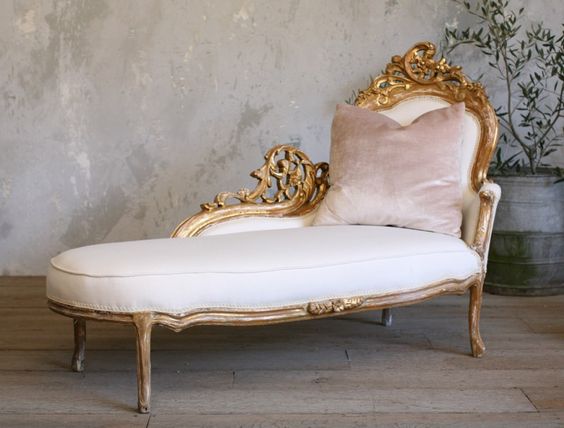
Other styles in furniture reviewed in Wood Magazine: Art Nouveau, Neogotic, Baroque, Chippendale, Biedermeier.



















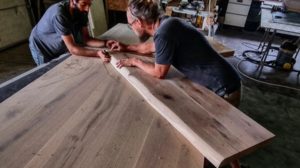



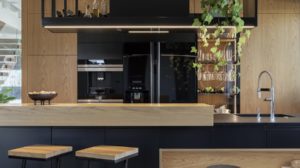
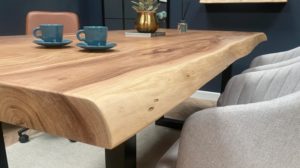
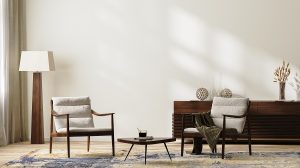

[...] tree, leaves, feathers, dragonfly wings, buds, etc. There are also influences from Rococo, Gothic and [...]